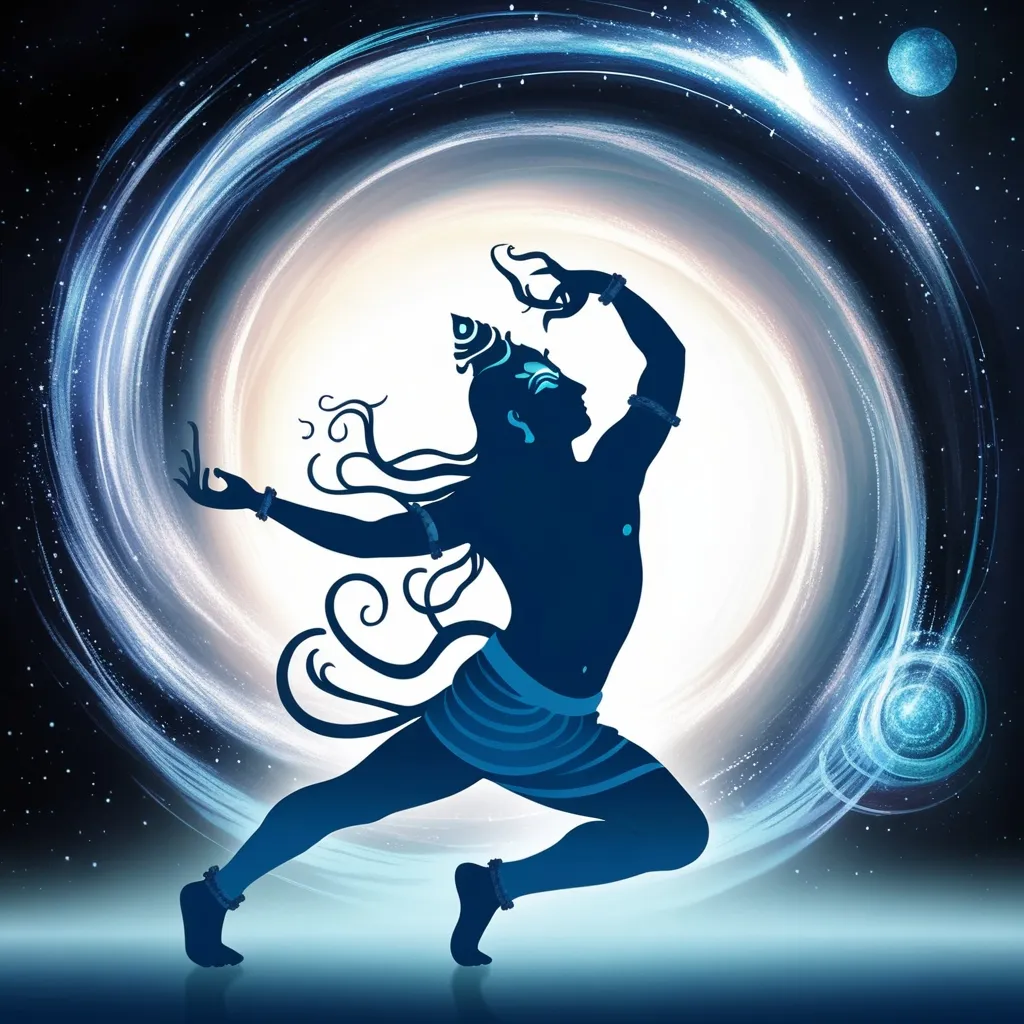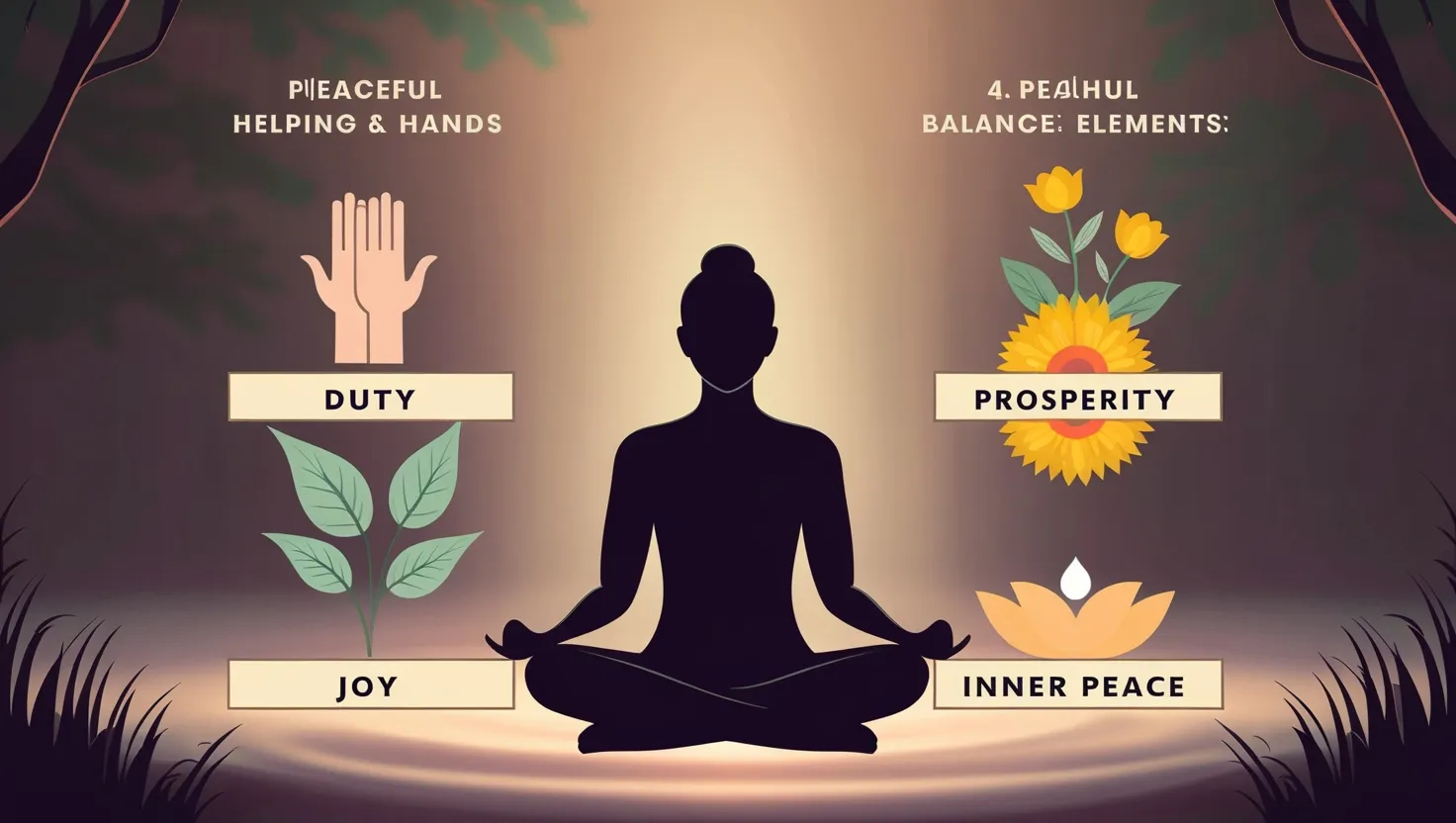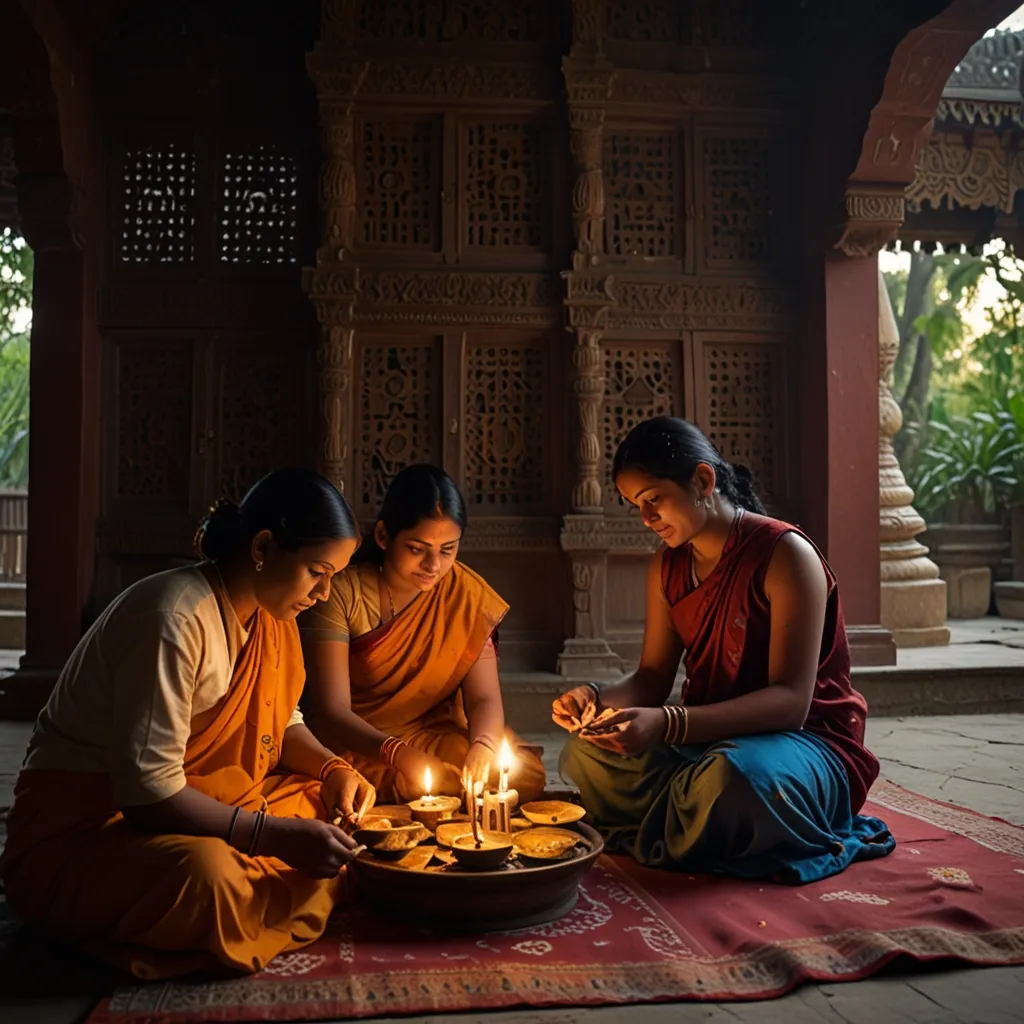Diving into the depths of Hindu scriptures reveals a fascinating journey through time, philosophy, and devotion. At the heart of this journey stands Lord Shiva, a deity whose presence has captivated devotees for millennia. Let’s embark on an exploration of these ancient texts and uncover the rich tapestry of Shiva’s significance in Hinduism.
The story begins with the Vedas, those age-old whispers from a distant past. Composed between 1500 B.C. and 600 B.C., these texts are the bedrock of Hindu thought. While they might not shout Shiva’s name from the rooftops, they do introduce us to Rudra, a fierce storm god who’s basically Shiva’s cool, slightly wilder ancestor. It’s like finding an old family photo album and seeing glimpses of familiar features in faces from long ago.
As we flip through the pages of Hindu literature, we stumble upon the Upanishads. These texts are where things start to get deep - like, really deep. We’re talking about the nature of reality, the self, and all that mind-bending stuff. It’s here that Shiva begins to step out of the shadows and into the spotlight. The Shvetashvatara Upanishad, in particular, is like Shiva’s first big break in the philosophical world. It’s as if the ancient sages suddenly realized, “Hey, this Shiva guy? He’s kind of a big deal.”
But let’s be real, it’s in the Puranas where Shiva really becomes a superstar. These texts are like the Marvel Cinematic Universe of Hinduism - full of epic stories, larger-than-life characters, and enough drama to fill a thousand soap operas. The Shiva Puranas are basically Shiva’s biography, telling us everything from his cosmic dance moves to his family drama. It’s here that we get to know Shiva as more than just a concept - he becomes a character we can relate to, root for, and sometimes scratch our heads at.
Speaking of drama, let’s not forget the epics - Ramayana and Mahabharata. While these aren’t Shiva’s personal diaries, he does make some pretty memorable cameos. It’s like those movies where a famous actor shows up for just a scene or two, but totally steals the show. Shiva’s appearances in these epics remind us that he’s always there, influencing events and lives, even when he’s not the main focus.
Now, here’s where things get personal. Bhakti, or devotion, is the heart and soul of Shiva worship. It’s not about memorizing a bunch of rules or being perfect. It’s about love, pure and simple. Shiva’s got a reputation for being pretty chill when it comes to his devotees. Whether you’re a king or a beggar, if you’ve got love in your heart, Shiva’s all ears. It’s like having a friend who’s always there for you, no matter what.
This is where the rubber meets the road for Shiva’s devotees. Daily practices and rituals are like love letters to the divine. Maybe it’s chanting a mantra while stuck in traffic, or lighting a lamp before the Shiva linga at home. These small acts of devotion are the threads that weave Shiva into the fabric of everyday life. It’s not about grand gestures; it’s about the little things done with great love.
Shiva’s world is a treasure trove of symbols and hidden meanings. Take his famous dance, the Tandava. It’s not just some cosmic rave - it’s a whole philosophy in motion. Creation, destruction, and everything in between, all wrapped up in one divine dance move. Or consider the Shiva linga - it’s not just a stone, it’s a representation of the ultimate truth, the coming together of masculine and feminine energies. Every symbol is a doorway to deeper understanding.
For many, the connection with Shiva is as personal as it gets. It might start with a visit to a temple, where the air is thick with incense and devotion. There’s something about standing before a Shiva linga that can make even the most skeptical heart skip a beat. Or it could be a quiet moment at home, eyes closed, repeating “Om Namah Shivaya” like a lifeline to the divine.
The stories from the scriptures become more than just tales - they become guideposts for life. Take the story of Markandeya, for instance. Here’s this young guy, facing death, and Shiva swoops in to save the day. It’s not just a cool story; it’s a reminder that devotion can be a powerful force, even in the face of seemingly insurmountable odds.
Being a devotee of Shiva is like being part of an ancient, ever-evolving story. It’s a journey that weaves together the wisdom of the ages with the realities of modern life. From the lofty philosophy of the Upanishads to the relatable stories of the Puranas, from the grandeur of temple rituals to the simplicity of a home puja, the path of a Shiva devotee is rich and varied.
In the end, it’s not about how much you know or how perfectly you perform rituals. It’s about that connection, that spark of devotion that lights up your life. Whether you’re drawn to Shiva’s cosmic dance or his role as the perfect family man, there’s something in his mythology that speaks to the human experience.
So, if you find yourself drawn to Shiva, know that you’re stepping into a stream that’s been flowing for thousands of years. It’s a journey of learning, of devotion, of transformation. In the vast ocean of Hindu spirituality, Shiva stands as a beacon, inviting seekers to dive deep into the mysteries of existence.
As you explore the scriptures, practice your devotions, or simply contemplate the meaning of it all, remember that Shiva’s presence is more than just words on ancient pages. It’s a living, breathing reality that has the power to transform your life in ways you might never have imagined. So go ahead, take that first step, or dive deeper if you’re already on the path. The world of Shiva awaits, full of wonder, wisdom, and the promise of spiritual awakening.






